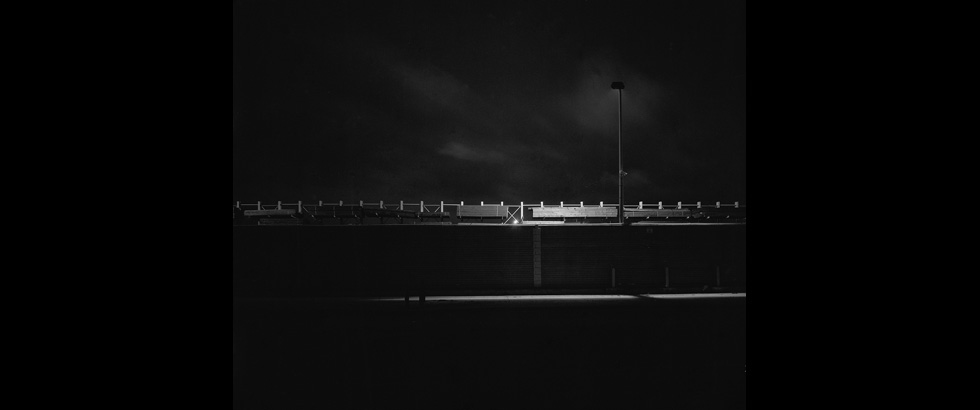Artists
Photo Credit: NIU Chun-Chiang
LIU Ho Jang
LIU Ho Jang
| Location | USA / New York, NY |
|---|---|
| Residency | International Studio & Curatorial Program (ISCP) |
| Year of the Grant | 2010 |
| Work | Magazine to Ash / Faraway Party / Western Beef - I Know the Neighborhood |
Artist Statement:
Magazine to Ash / Faraway Party / Western Beef - I Know the Neighborhood:
I used a 240x300cm lightbox with teak plywood to create the installation space for Magazine to Ash / Faraway Party / Western Beef - I Know the Neighborhood. The contents of the images shown in this work included pieces made during my residency. Each ‘still’ image of sceneries was shot using two types of films, one in black-and-white negatives and the other in colors. This tactic allowed for manipulation of color levels during the post-production process. The fact that the lightbox was positioned against the light and that the images had to go through the lightbox to take their forms, forces the audience to enter the reality of the photographer.
The abundance of raw materials in a woodmill factory presented a contrast with the recycled waste objects. This disparity presented a disorder in how we view materials in general. In my journal of travelling along the Maspeth Creek, I talked about how the construction of artificial canals unlocked people’s desire for materials, and how it opened up conversations of the ‘man made nature’ and ‘naturally made by man.’
The photographic elements were limited by the industrial condition of the material in this exhibition. They were transformed into huge lightboxes that resembled billboards, and were being misplaced from an indoor environment to a seemingly outdoor setting. This supposedly ‘inappropriate’ transformation allowed my audience to choose how they wanted to position themselves when entering the exhibition space, and also highlighted the way how artworks were informed by complex spatial situations.
This exhibition brought out topics of how transitional, open spaces took over private spaces. Through media reports and internet communication, viewers were able to provide their input and initiate genuine conversations with the artist.



